In the ever-evolving world of beauty, the interplay between hair color and makeup has become a cornerstone of personalized style. Gone are the days when makeup choices were dictated solely by outfit or occasion. Today, the harmony between your hair hue and cosmetic palette can elevate your entire look, creating a seamless blend that feels intentional and polished. Whether you’re a fiery redhead, a cool-toned brunette, or a platinum blonde, understanding how to mirror your hair’s undertones in your makeup can unlock a new level of cohesion in your aesthetic.
The Science of Undertones
Before diving into color pairings, it’s essential to grasp the concept of undertones. Hair, much like skin, carries underlying hues that influence how shades appear. Warm hair colors—think golden blondes, copper reds, or caramel browns—often have hints of yellow, orange, or red. Cool tones, on the other hand, lean toward ashy blondes, espresso brunettes, or burgundy reds with blue or violet bases. Neutral tones strike a balance between the two. Identifying your hair’s undertone is the first step to selecting makeup that complements rather than clashes.
For warm-toned hair, makeup with peachy, golden, or terracotta undertones tends to flatter. A bronzed eyeshadow or a coral blush can enhance the richness of your hair color. Cool-toned hair, meanwhile, shines with makeup in rose, berry, or taupe shades. A mauve lipstick or a smokey gray eye can amplify the sophistication of cool hair colors. Neutral undertones offer flexibility, allowing you to experiment with both warm and cool makeup shades without overwhelming your look.
Redheads: Embracing Bold and Subtle Pairings
Red hair, with its spectrum from strawberry blonde to deep auburn, demands a thoughtful approach to makeup. The intensity of red can either be balanced with soft, neutral tones or amplified with bold, complementary colors. For a natural daytime look, redheads might opt for peach or apricot blushes, which echo the warmth of their hair without competing for attention. A swipe of gold eyeshadow can subtly highlight the golden undertones in lighter reds.
For evening glamour, redheads can lean into the drama. Emerald green eyeliner, a classic complement to red, creates a striking contrast that makes both features pop. Deep plum lips can also harmonize with auburn hair, playing on the shared red undertones while adding depth. The key is to avoid overly orange or red-heavy makeup, which can overwhelm the face and dull the vibrancy of the hair.
Brunettes: Playing with Depth and Dimension
Brunette hair spans a vast range, from soft chocolate to inky black, offering endless possibilities for makeup pairings. Lighter browns with warm undertones pair beautifully with earthy makeup—think copper eyeshadows or warm terracotta lips. These shades enhance the hair’s natural warmth while maintaining a grounded, organic feel. Cooler brunettes, such as those with ash or espresso tones, can experiment with jewel-toned makeup. A sapphire blue eyeliner or a deep ruby lipstick can add a luxurious contrast to dark hair.
For a modern twist, brunettes might explore monochromatic looks. A taupe eyeshadow blended into a soft contour can create a seamless, sophisticated effect, especially on neutral-toned brown hair. The goal is to avoid makeup that’s too light or washed out, as it can appear stark against deeper hair colors. Instead, focus on rich, pigmented shades that complement the hair’s natural depth.
Blondes: Balancing Light and Contrast
Blonde hair, whether platinum, honey, or sandy, often benefits from makeup that either harmonizes with its lightness or provides gentle contrast. Cool blondes—those with platinum or ash tones—can lean into soft pinks, lavenders, and icy taupes for a ethereal, cohesive look. A pale pink lip gloss or a lilac eyeshadow can enhance the hair’s cool undertones without overpowering delicate features.
Warmer blondes, such as golden or strawberry shades, might gravitate toward peachy or champagne hues. A shimmery gold eyeshadow can mirror the hair’s sunny undertones, while a bronzed cheek adds warmth. For contrast, blondes can experiment with deeper shades, like a chocolate brown eyeliner or a dusty rose lip, which provide definition without overwhelming the hair’s lightness. The trick is to avoid overly dark or heavy makeup, which can create an unbalanced effect.
Experimenting with Trends and Personal Expression
While guidelines can help, personal preference and experimentation are equally important. The rise of unconventional hair colors—pastel pinks, vivid blues, or neon greens—has opened the door to creative makeup pairings. For instance, pastel hair often looks stunning with monochromatic makeup in a slightly deeper shade of the same hue. A mint green hair color paired with a sage green eyeshadow creates a dreamy, coordinated effect.
Ultimately, the relationship between hair color and makeup is about harmony and intention. By considering the undertones and intensity of your hair, you can curate a makeup collection that feels tailored and polished. Whether you prefer subtle coordination or bold contrast, the power to elevate your look lies in the details.
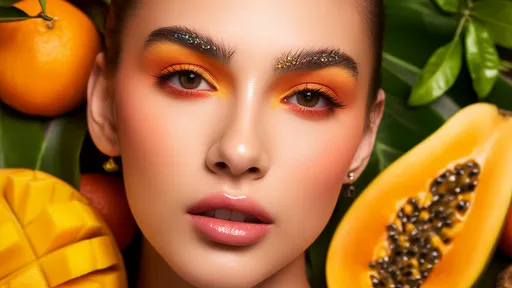
By /Jun 28, 2025
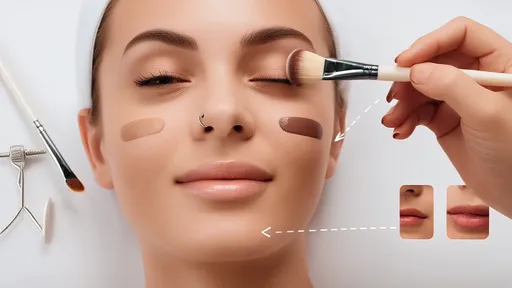
By /Jun 28, 2025
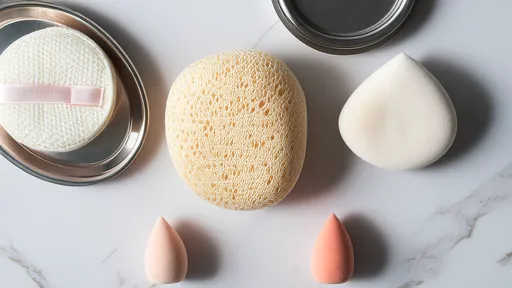
By /Jun 28, 2025
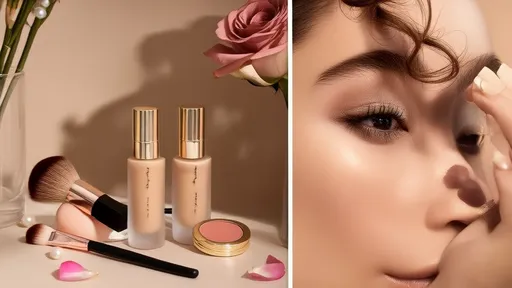
By /Jun 28, 2025
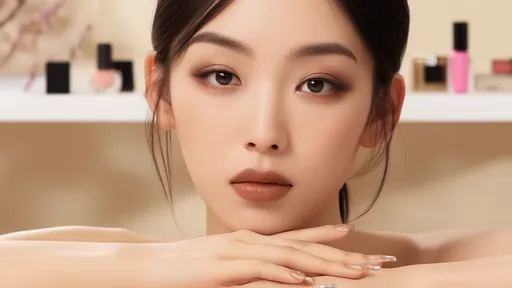
By /Jun 28, 2025
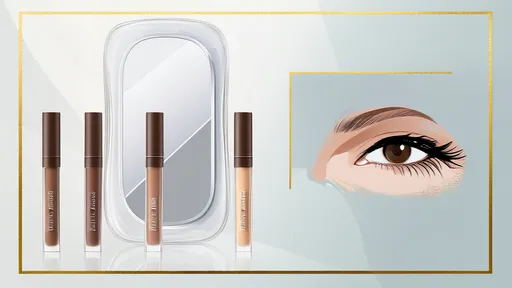
By /Jun 28, 2025
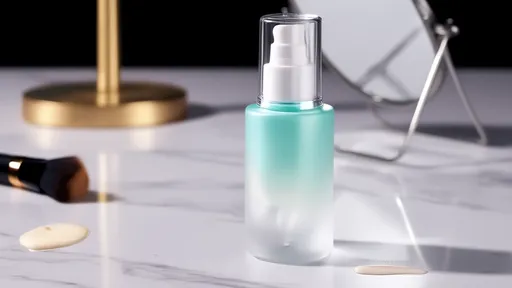
By /Jun 28, 2025
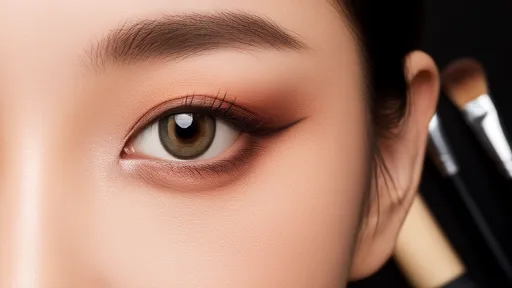
By /Jun 28, 2025
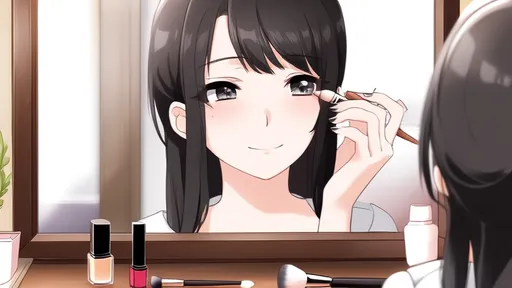
By /Jun 28, 2025
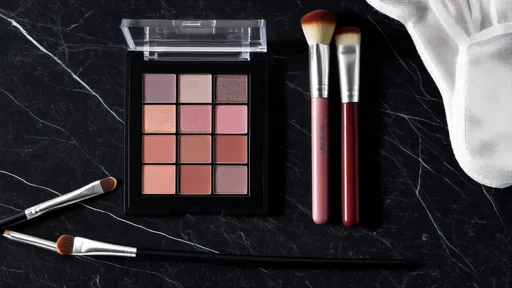
By /Jun 28, 2025
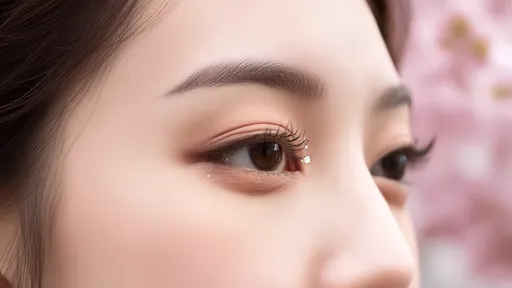
By /Jun 28, 2025
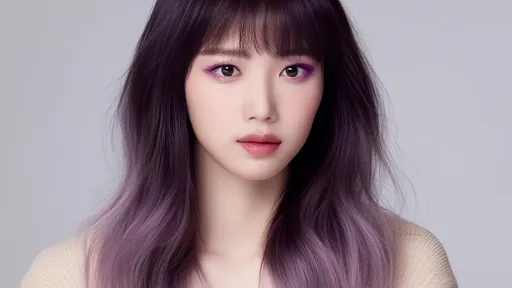
By /Jun 28, 2025
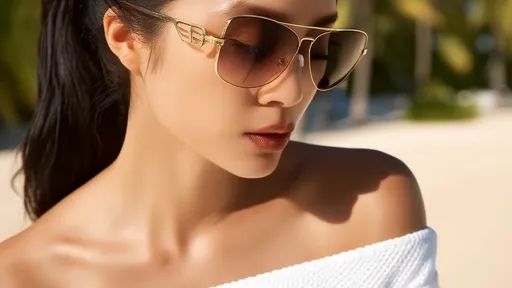
By /Jun 28, 2025
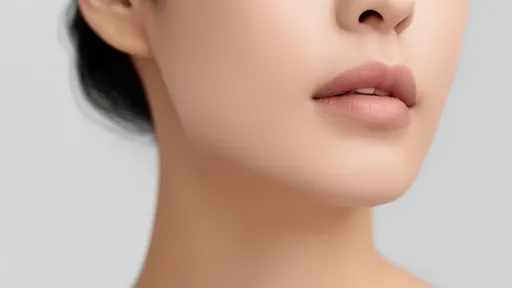
By /Jun 28, 2025
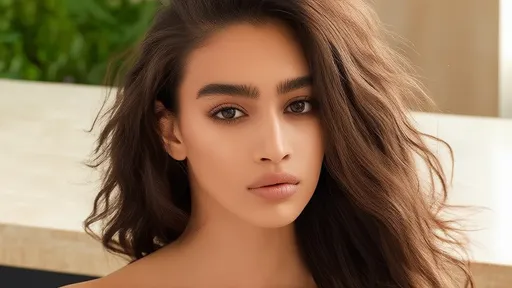
By /Jun 28, 2025
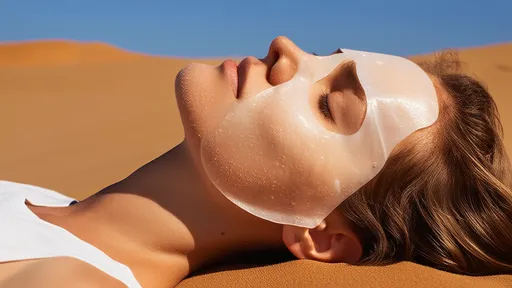
By /Jun 28, 2025